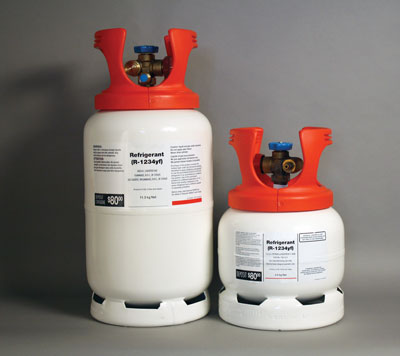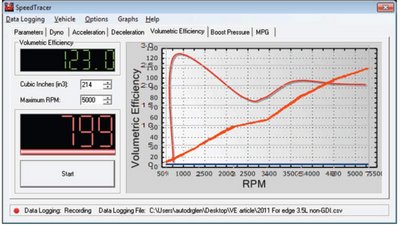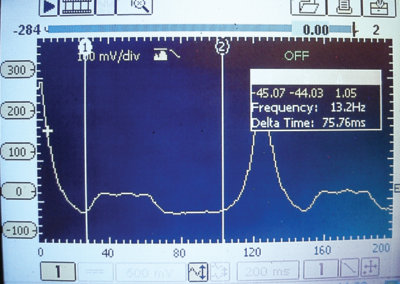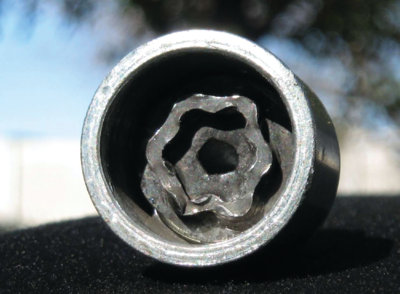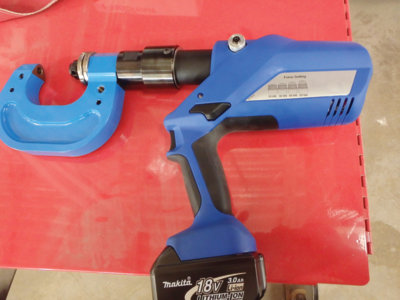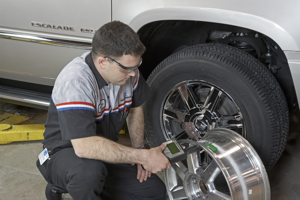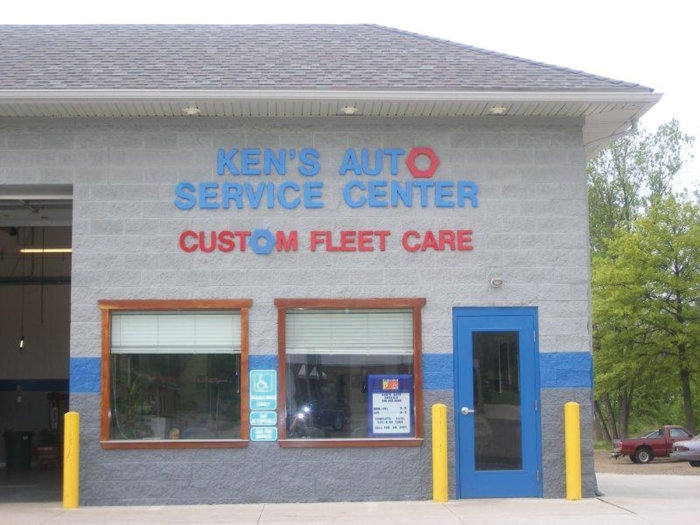 Katech Performance is proud to introduce the engine Corvette dreams are made of — the "Street Attack 500." The all-aluminum, 8.2-liter V8 dynamo displaces 500 cubic inches to generate a devastating 600 horsepower and 600 lbs.-ft. torque.
Katech Performance is proud to introduce the engine Corvette dreams are made of — the "Street Attack 500." The all-aluminum, 8.2-liter V8 dynamo displaces 500 cubic inches to generate a devastating 600 horsepower and 600 lbs.-ft. torque.
"Our Street Attack concept, introduced as 427 cubic inches in 2005, has evolved," said Caleb Newman, vice president, director aftermarket operations, Katech Performance. "With flawless manners, perfect idle and fierce performance, the Street Attack 500 will prepare our customers for any skirmish. To even say we’ve introduced the engine is inaccurate — we just set it free."
The Street Attack 500 encapsulates the unrivaled engine building expertise that is uniquely Katech’s — the result of more than 30 years of world-class professional racing support; most notably the unprecedented success of Corvette Racing in the American Le Mans Series (ALMS) with seven GT class championships since 1999.
The only naturally aspirated, emissions legal pending, 600 horsepower engine available for the Corvette; the Street Attack 500 features a Dart billet 6061-T6 aluminum block (exclusive to Katech) that has significantly more material strength than cast production counterparts and incorporates unique specified features that allow a 4.500" stroke. Liner-less, Nicom-coated bores reduce friction and improve heat transfer while an all-forged rotating assembly harnesses the engine’s abundant horsepower.
"With LS7 induction, heads and valvetrain, this is the ultimate street package," added Newman, who also noted the Street Attack 500 carries Katech’s first limited warranty (12 months; 12,000 miles).
The revolutionary Street Attack 500 is an awe-inspiring addition to the company’s engine "Arsenal." Including its traditional 427 cubic inch offerings — the "Track Attack 427," "Sneak Attack 427," "Desert Attack 427" and "Street Attack 427" — Katech Performance offers a crate configuration to suit every need, be it on-highway, off-road, around the track or down the drag strip.
"We plan to develop a 500 cubic inch version of other 427 offerings, most notably the Desert Attack," Newman said. "If you’re not an LS fanatic already, now’s the time!"
For more information or to request a catalog, call 866-KATECH1 or visit Katech Performance online at www.katechengines.com.


